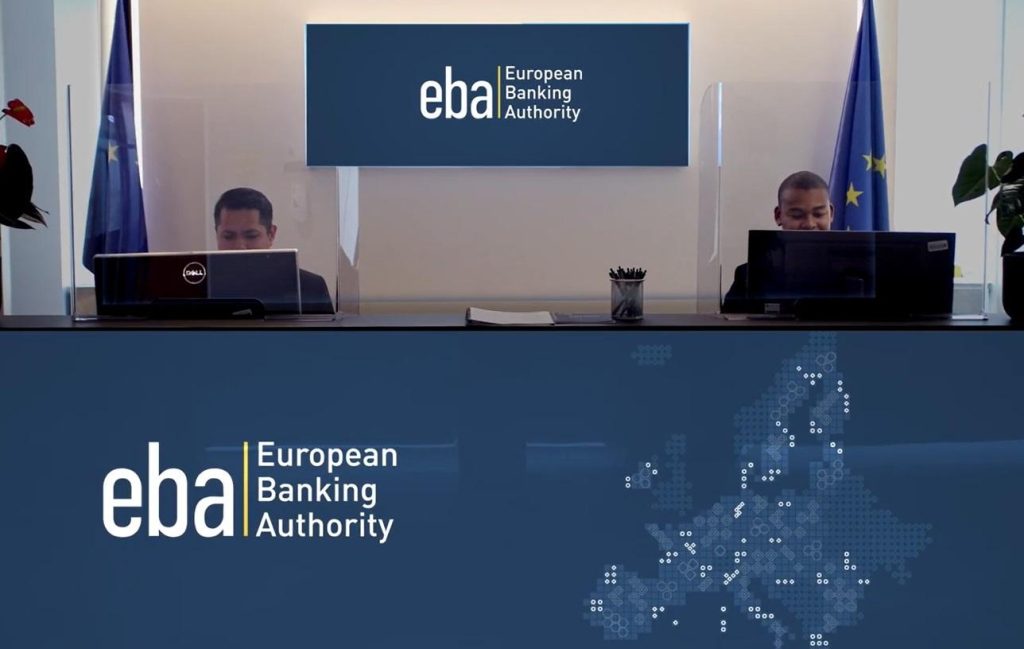EU banking supervisor The European Banking Authority (EBA) announced the release of new proposed amendments to Pillar 3 disclosure requirements for banks, including simplifications and clarifications around ESG risk-related reporting, particularly for small and medium-sized banks.
The EBA said that its new proposals align with the initiatives of the European Commission to simplify sustainability reporting, such as the Commission’s Omnibus package.
The EBA said:
“In line with the European Commission’s omnibus proposal to reduce reporting costs and simplify sustainability reporting, the EBA has designed a proportionate approach for ESG disclosures based on the institution’s type, size and complexity, with simplified disclosures for banks other than large, particularly for those that are small or non-listed.”
The EBA added that it also aims to simplify ESG reporting for large banks ”by clarifying the existing requirements based on the experience gained.”
The EBA’s new proposals follow the publication by the EU in 2024 of a Banking Package (CRR3), which included changes to reporting requirements for banks beginning in 2025, including extending the scope of ESG risks-related disclosures from only large institutions to all institutions, in areas such as environmental physical risks and transition risks.
Additional new ESG-related reporting requirements under the banking package include separate disclosure of environmental physical and transition risks, and their social and governance risks, total exposure to fossil fuel sector entities, and disclosures on how institutions integrate the identified ESG risks in their business strategy and processes, and governance and risk management.
Under the EBA’s new proposals, separate disclosure requirements will be introduced for institutions, with large institutions subject to the “full set of information,” other listed institutions and large subsidiaries subject to the “simplified set of information,” and small and non-complex institutions (SNCIs) subject to an “essential set of information.” Examples of the differences between the information sets include semi-annual reporting on “Climate Change transition risk: Credit quality of exposures by sector, emissions and residual maturity” for large institutions, compared with annual reporting for other listed institutions and large subsidiaries, and a separate “Transition and physical risk for SNCI” annual disclosure for SNCIs.
Large bank reporting requirements also include disclosure of their green asset ratio (GAR), or the share of assets aligned with sustainable activities, with the EBA’s new proposals ensuring full alignment of the GAR with the EU’s Taxonomy regulation. The EBA is also proposing introducing the possibility of reducing the frequency of some disclosures for large banks based on materiality reasons.
The EBA launched a public consultation on the new proposals, with submissions due by August 22, 2025. Click here to access the consultation paper.

